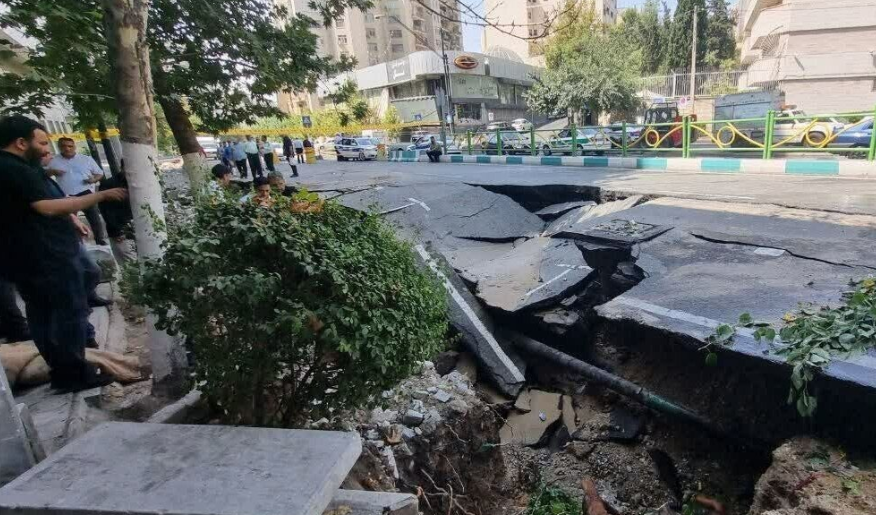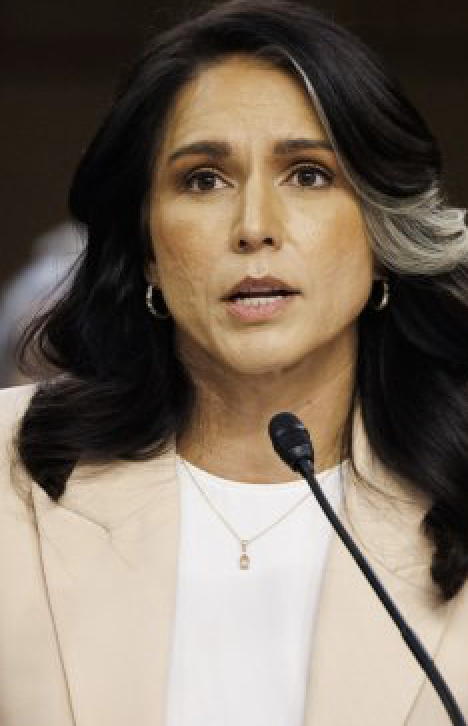December 25, 2015
By Olli Heinonen
The IAEA report, “Final Assessment on Past and Present Outstanding Issues Regarding Iran’s Nuclear Program,” examines long outstanding concerns about the possible military dimensions (PMDs) of Iran’s nuclear program. Given the reporting time constraint stipulated by the Joint Comprehensive Plan of Action (JCPOA) and limited cooperation provided by Iran on the full range of the Agency’s concerns, the IAEA has done a commendable job in its report.
The report asserts that Iran undertook work related to nuclear weapons in a coordinated fashion for a period of time, and in a less coordinated and stepped down manner between 2003 and 2009. The IAEA states further that it has not found credible indications pointing to the direction that Iran engaged in weapons-related activities after 2009.
The IAEA is making its assessment based on information it has currently available from the statements of Iran, the IAEA’s own verification activities, open sources and information provided by its Member States. With regard to the latter, intelligence is indispensable. But intelligence is also sometimes fragmented, and its information and conclusions often do not come in real time. While it is possible that Iran has stopped nuclear weapons-related activities after 2009, the IAEA’s statement read in IAEA-speak, could also well mean that the Agency may possess more information or discrepancy information but does not have, at this stage, actionable information that has passed its vetting procedures. It is further possible that less information that has come to the IAEA has resulted from Iran having enhanced its information security.
Another constrain is the minimal cooperation provided by Iran. As reflected in the IAEA’s report, Iran provided little information in some cases and no new information in others. Iran also has not permitted the IAEA to interview key personnel and discuss these issues with the leadership and Iranian persons in charge of PMD activities as required by the UN Security Council resolutions.
Under the JCPOA, Iran is permitted to maintain – although in non-compliance with its non-proliferation undertakings – a substantial uranium enrichment capability, which means that Iran remains a nuclear threshold state with a breakout time shortening substantially from year 10 onwards. Meanwhile, the IAEA is still many years away from reaching the broader conclusion that Iran’s nuclear program is entirely peaceful and contains no undeclared activities. In this environment, a comprehensive understanding of the Iranian nuclear program’s weaponization related activities is essential to set up credible baselines against which to monitor and detect any reconstitution efforts.
While the IAEA has not seen any indications that Iran has diverted declared nuclear material for military-related activities from its declared nuclear material stocks, Iran is more likely to use undeclared facilities and materials. The IAEA has stated it cannot make a determination about any undeclared activities in Iran until the completeness and correctness of Iran’s declaration on nuclear material and facilities has been fully verified. In other words, the IAEA cannot exclude the possibility that undeclared nuclear material exists in Iran.
In sum, the questions regarding Iran’s nuclear activities remain outstanding. Given the history, extent, and scope of Iran’s nuclear program, it is highly unlikely that this report is the last word on understanding the extent of Iran’s nuclear weapons related work. Instead, the IAEA would continue its verification procedures as part of its efforts to reach a broader conclusion.
Olli Heinonen, Senior Fellow at the Belfer Center for Science and International Affairs.






















